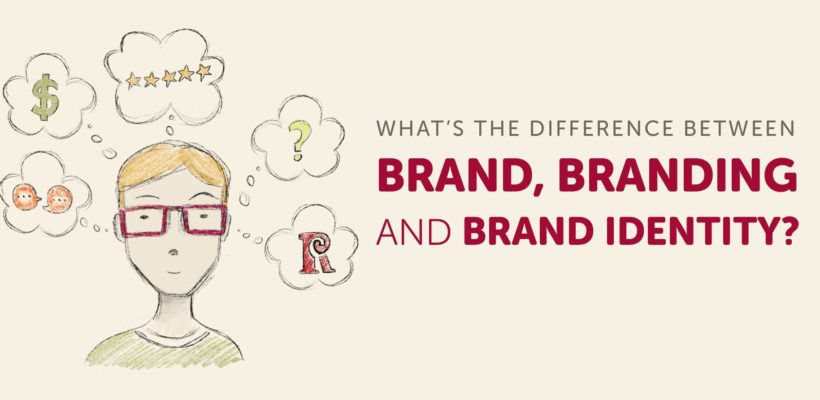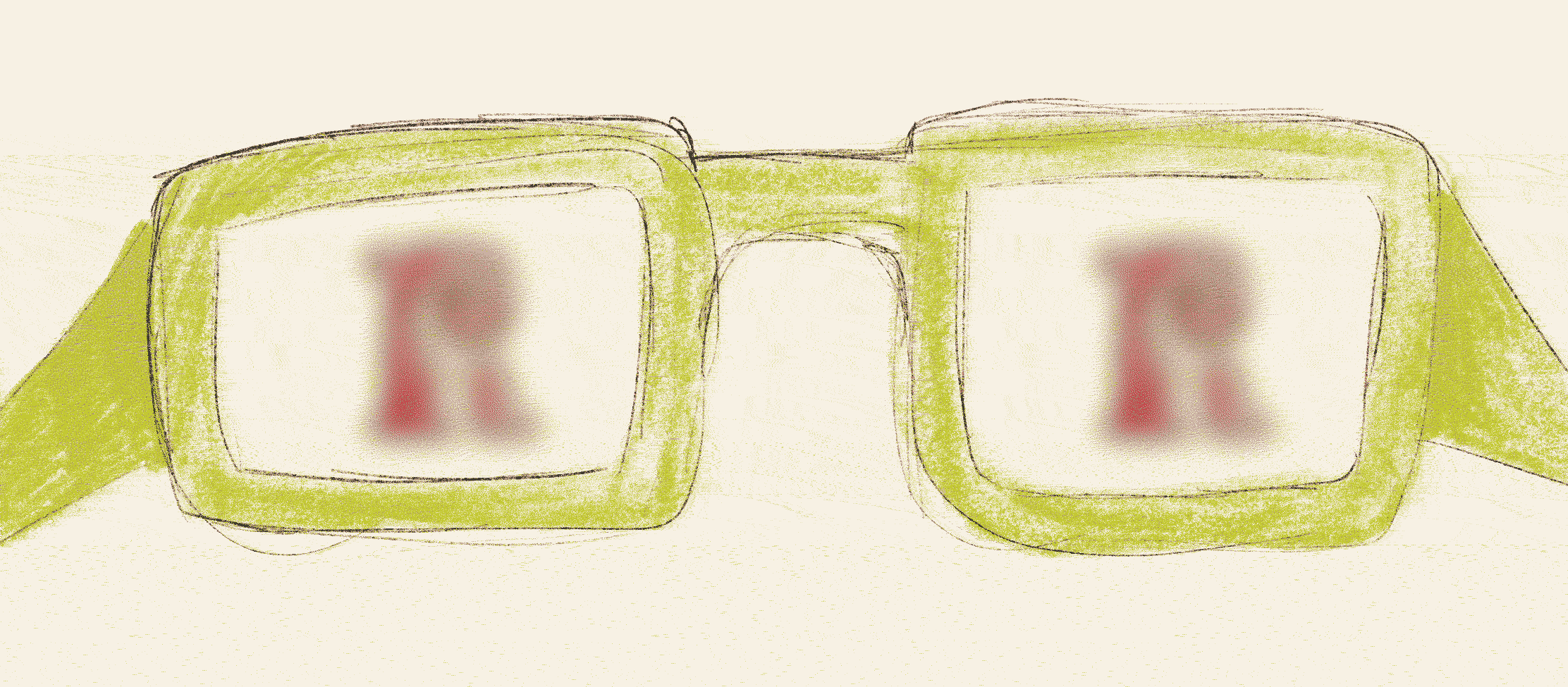
These days, the word “brand” is used by just about everyone in everything and everywhere.
Do a quick search for “brand” and Google shows almost 11.5 BILLION results. There are big brands, personal brands, product brands, company brands… Everything is a brand. Or so it seems.
To make it even more overwhelming, take another quick search and you’ll see that not everyone defines brand, branding or brand identity the same way. We experience that all the time when we’re talking with new and seasoned businesses alike.
We’d like to bring some clarity to the confusion so we’re all speaking the same brand language.
And for the sake of this article, we’re focusing on business brands rather than personal brands.
What is your brand?
First, it might be good to define what it’s not. It’s not your company, though what you do in and with your company are reflected in your brand. It’s not a specific product you make or service you provide although they influence your brand. And it’s definitely not your logo.
Your brand, quite simply, is what people think and feel about you.
The “you” could mean your company, each product you produce and service you provide. For instance, Amazon is a company AND a brand. The iPhone is a product AND a brand. Molly Maid is a service AND a brand.
And how do people come to think about you at all?
- Direct experience with your product and/or service
- Dealings with customer service or technical support
- Your marketing initiatives
- Referrals from people who’ve had dealings with your company, product or service
- Media reports
- Hearsay
Given that all of the above is how someone might come to know and form an impression of you, the most important thing to understand is that your brand is a relationship.
It’s emotional. It’s a feeling. It’s a perception. It’s sometimes messy.
All of this is why it needs to be nurtured and tended to. Especially when you know there is always another suitor (or five) trying to woo your customers away.
Your brand is the promise you make and how well you keep it.
If your company is built on innovation and industry leadership, then you better deliver innovation and leadership.
If you want to be known for superior quality and unrivaled customer support, then yes, you better deliver above and beyond.
If you promise faster service, then buddy, you better consistently beat your competitor’s speed.
Otherwise, people won’t believe what you say. Your messaging will be just that… All talk, no walk.
Now, that we’ve defined what a brand is, what is branding?
Let’s once again start out with what it is not. It’s absolutely not the process of creating your logo or anything involving your logo.
And if other creative or marketing professionals refer to it as such, run away, and fast.
Branding, or brand management, is the act of building and nurturing your brand.
So now that you understand what your brand is (how people think about you), you want to be very strategic and mindful of what your company, products and services promise and how each lives up to those promises.
Take customer service, for instance.
In the last ten years, we’ve seen a huge shift from the era of automating everything to going back to old-school, person-to-person, “we’ll take care of you” customer service. This is a good thing, unless your customer service sucks.
If you don’t take care of your customers when they need you, then you’re hurting your brand (and reputation) and your customers are soon going to be “their” customers.
So be mindful of creating a great customer service experience, and even when they aren’t happy because something failed, they’ll still (hopefully) be loyal customers.
How do you build and nurture your brand?
- Product/program design excellence (be the best you can possibly be at everything you do — otherwise, what’s the point?)
- Value-based messaging and delivering what you say you’ll deliver (substance, not hype)
- Strong brand ambassador stewardship (everyone responsible for representing your company in ANY WAY is your brand ambassador — are they representing your business in the best way?)
- A deliberate and strong corporate culture based on good values (how you act and behave inside your own company is just as important as how you behave outside your walls, virtual or real)
And now we get to what is your brand identity.
Now you know that your brand is about how people FEEL, it should be easy to understand that your brand identity is what people SEE.
If they can see it, touch it, hold it, hear it or watch it move, that’s your brand identity.
Your brand identity is a system of many components. And just like “brand” and “branding,” it’s NOT your logo. Well, not JUST your logo. And this system tells your brand story.
Your identity system is reflected in:
- Your [company, product, service] name (if you’re not a rose, then your name does indeed matter)
- Your tagline (a powerful asset for identifying your brand differentiation and value)
- Logo (there it is, finally!)
- Your corporate colors (color increases a brand’s recognition by 80%!)
- Typography (yes, typography and font choices are important)
- Your voice and tone in your messaging
- Your design aesthetic in your environment, products and marketing collateral, and tactics (packaging, website, point-of-purchase and displays, advertising, jingles, video graphics and audio, social media graphics, etcetera, etcetera…)
To recap:
BRAND = what people think and feel about your company, product or service through the promises you make and how you keep them
BRANDING = the process of building and nurturing your brand
BRAND IDENTITY = anything that can be seen, touched, held or heard
Now that you understand the differences among these three, where do you see your brand needing help?
It’s always a good idea to periodically assess your brand, branding efforts and identity system to ensure they’re all in sync, telling the right story of who you are TODAY, delivering the right experience and living up to the brand foundation. Oh, wait, do you know what your brand foundation even is?
If you need help with your brand, branding or brand identity, Red Chalk Studios is always here to help. And make sure to follow us on social media for the latest and greatest: Facebook, Instagram, and LinkedIn.





